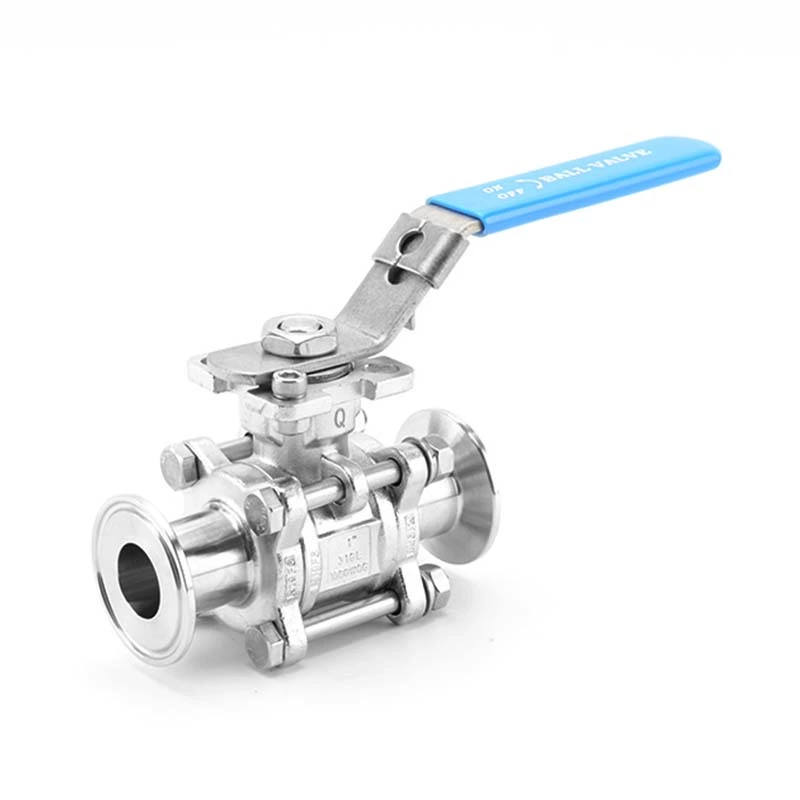Common Sanitary Valve In Water Treatment
Sanitary Valve are quite common in water treatment systems. They block water flow and offer low flow resistance when fully open. They are generally suitable for larger pipes, such as DN500 and above, due to their excellent sealing properties and long-term stable operation.
Globe valves are also commonly used in water treatment systems. They rely primarily on the seal between the disc and seat to control water flow, providing a tight shutoff. However, they offer greater flow resistance than gate valves and are often used in applications requiring precise flow control, such as low-flow chemical dosing pipes. Pipe diameters range from DN15 to DN100. Ball valves play a significant role in water treatment. Their rotating ball opens and closes the valve, resulting in fast opening and closing speeds, low fluid resistance, and the ability to withstand high pressures. They are commonly used in seawater desalination systems, with operating pressures reaching 1.6 MPa or higher. Butterfly valves, with their simple structure and easy operation, are commonly used in the inlet and outlet pipes of water treatment plants. They regulate flow through the rotation of a disc-shaped disc and are suitable for a wide range of pipe diameters, from DN50 to DN2000. Check valves prevent backflow and are essential in the outlet piping of water treatment pumps to prevent water from backflowing and impacting the pump when the pump is shut down. They come in swing and lift types. Swing valves are suitable for large-diameter pipes, while lift valves are suitable for smaller ones.
Safety valves are critical for ensuring the safety of water treatment systems. When system pressure exceeds a set value, they automatically open to relieve pressure. The set pressure is generally 10%-15% higher than the system's maximum operating pressure to prevent equipment damage from overpressure. Diaphragm valves offer excellent sealing and corrosion resistance, making them widely used in water treatment processes involving corrosive media. For example, in the treatment of acidic and alkaline wastewater, they rely on the movement of a rubber diaphragm to control the flow of fluid. Steam traps are primarily used to remove condensate from steam systems. They are crucial components in steam heating equipment used in water treatment, ensuring proper operation and improving thermal efficiency. Their discharge capacity varies depending on the system's steam volume, generally ranging from tens to hundreds of kilograms per hour. Electric control valves precisely adjust parameters such as flow and pressure through electric actuators. They are often found in highly automated water treatment systems, achieving regulation accuracy within ±1%, meeting the demands of complex operating conditions.
Pneumatic control valves, powered by compressed air, operate quickly and are used in water treatment processes requiring rapid response times. For example, during emergency dosing, they can quickly open, close, and adjust valves.
